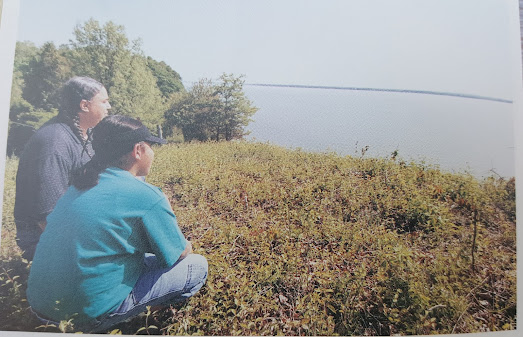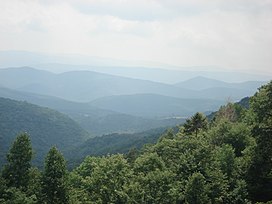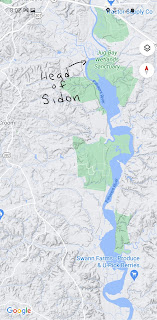Ups and Downs

Lehi’s group landed from the “west sea,” thus they landed on the west side of the Delmarva Peninsula. After Lehi's death, Nephi, and those willing to go with him, fled to a higher elevation a sufficient distance away from his brothers and there built a city called “Nephi.” A distance of 50-60 miles would be sufficient given the population size of his brothers search party and that this was an unknown area. It most likely wouldn’t be much greater distance than this since there were wars among the Nephites and Lamanites in the first generation from landing in the new world. Near the city of Nephi are the lands of Shemlon and Shilom. These lands could be seen from a tower that Noah had built near the Temple in the city of Nephi. There are multiple references to a hill north of Shilom. Often, hills are given names and the fact that this one is only referred to as “the hill” suggests there are not many hills nearby. This is a mostly flat peninsula, which makes it possible fo




